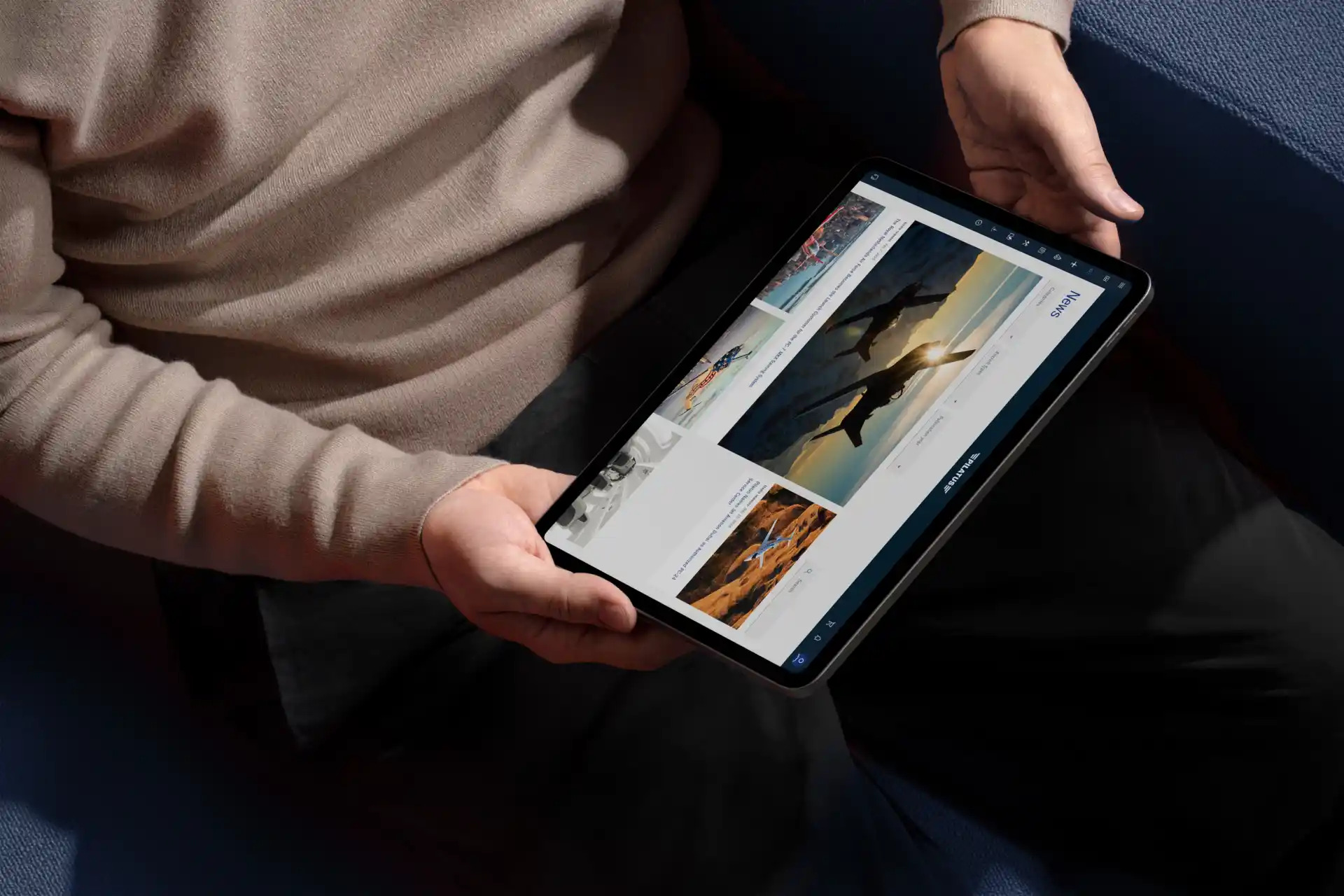The Police in Phoenix have operated a Pilatus PC-12 Spectre for just under five years. A decision which has brought many benefits for the Air Support Unit.
For the past 41 years, the officers of the Phoenix Police Department’s Air Support Unit have been tasked with providing aerial coverage for over one million residents sprawled across more than 500 square miles in the American Southwest. While their primary mission is to support patrol officers using low-flying helicopters, fixed-wing aircraft have always played a role.
Since the Air Support Unit’s inception in 1973, airplanes were used almost exclusively for training and visual surveillance, the latter conducted using only binoculars and street maps. Detectives were rarely transported to investigations by air due to the limited range of the unit’s small, unpressurized aircraft. Recognizing a need for expanded capabilities in officer transport and high-altitude covert surveillance, the department began the search for a new airplane. After a thorough selection process, the decision was made to acquire a Pilatus PC-12 NG Spectre.
A new fixed-wing detail
On 16 September 2009, PC-12 with serial number 1070 made its first landing at Deer Valley Airport in Phoenix, Arizona, where it joined the department’s fleet of nine helicopters and three fixed-wing aircraft at their base of operations. Due to the complex and technical capabilities of both the PC-12 Spectre and the surveillance equipment it carries, a new fixed-wing detail was formed within the Air Support Unit. Initially comprised of just three pilots, only one of whom was trained to fly the PC-12, this detail has grown to six positions, all sworn police officers from within the ranks of the department. They are currently staffed with four PC-12 pilots, including a chief pilot who is a Certified Flight Instructor, an officer who is a Certified Flight Instructor Instrument, and two recently certified line-pilots. The unit also contains two officers trained to operate the surveillance equipment who are currently undergoing instruction to become PC-12 pilots.
When the aircraft first entered service, requests for surveillance missions were infrequent and transportation flights occurred sporadically. Then, word of the expanded capabilities of the city’s new airplane, also known as Firebird 20 by internal customers and Air Traffic Control, began to spread. Specialty and investigative units were soon calling to request the PC-12 for missions that previously would not have been possible with the unit’s other aircraft. With the ability to fly and conduct operations well above the restricted Phoenix Sky Harbor Airport Class Bravo airspace covering most of the city, an expanded level of surveillance and tracking of suspected criminals and their activities has been achieved. Now, as more and more teams within the department have used the PC-12, the Air Support Unit receives requests for assistance on an almost daily basis and demand for the Spectre has made scheduling and allocating available flight hours a difficult task.
Indisputable evidence
The added capabilities of the PC-12 have also transitioned the fixed-wing detail into a regional asset capable of conducting multi-agency missions in support of both local and federal partners. In recent years, Firebird 20 has flown thousands of hours and is responsible for hundreds of arrests for crimes ranging from armed robberies to burglaries to drug smuggling, not to mention the millions of dollars in seized funds and equipment. With the incredible abilities of the retractable FLIR digital and infrared cameras, evidence recorded during busts is so indisputable that there is rarely a court challenge, often resulting in quicker and less costly prosecution in criminal cases.
While monitoring criminal activity is the primary assignment for the PC-12, it has taken on a new role also previously untapped by the smaller, unpressurized airplanes used by the department. In the pre-Pilatus days, if a detective needed to conduct investigative follow-up outside the city limits, they were at the mercy of commercial travel, which meant exorbitant airline costs, overnight stays, and an inability to get close to the required destination without long drives from major airports. Now, investigators need only submit a request for travel and after a cost comparison is completed, they can be flown to and from their destination, frequently to airfields not serviced by major airlines, and usually during a single work day. The time and funds saved are appreciated by both the detectives and the fiscal management bureau, especially in recent times of tightened budgets. It is not only personnel using the services of the PC-12, either. Recently, several police K-9’s were transported after purchase from an out-of-state dog trainer, a journey that would not have been safely possible during the winter months on commercial flights.
Long days tracking and monitoring
Using the Firebird 20 in high-profile incidents has become almost routine for the Air Support Unit. On 8 October 2014, while conducting an early-morning traffic stop, an Arizona Department of Public Safety Officer was shot. Miraculously, the officer survived as the five suspects fled in their vehicle leading to a state-wide manhunt. Over the next week, the Firebird 20 flew several hours a day assisting in the multijurisdictional task force. From its position high above the city, the pilots and tactical flight officers aboard the PC-12 provided near constant surveillance and tracking that would not have been possible using only ground-based teams. Firebird 20 was overhead as it directed officers during the arrest of the final two suspects, just seven days after the horrific attack.
While the members of the Phoenix Police Department’s Air Support Unit feel fortunate to count a PC-12 NG Spectre as one of their resources, it is the citizens of Phoenix who reap the benefits of such a capable aircraft. From cost-saving transport to high-altitude surveillance, the benefits are realized on a daily basis. With thousands of hours logged in their Spectre, the pilots of Air Support plan many more years and many more flight hours keeping a close watch from above as the Eyes Over Phoenix.

